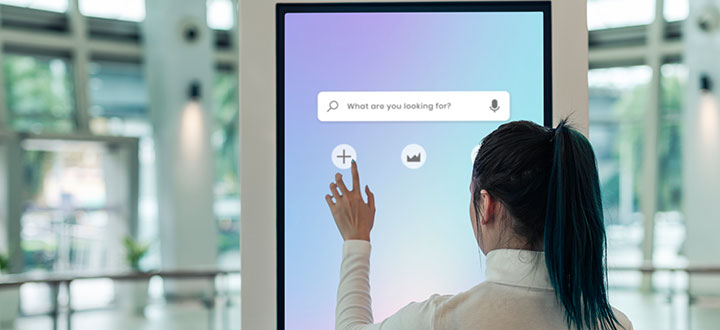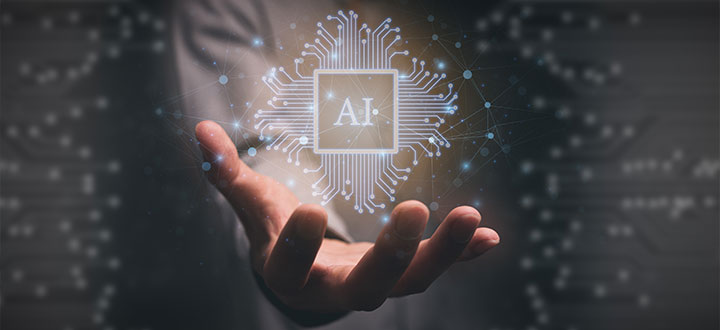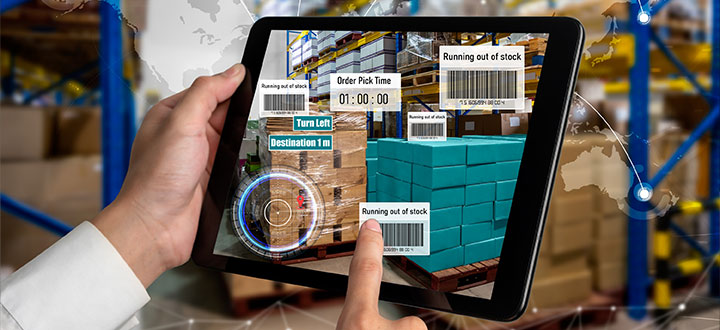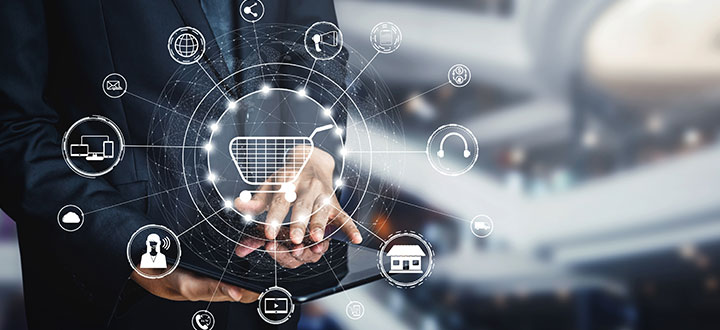


Tharik Mohamed Alikul Jaman
How to Empower Retail Employees to Create an Authentic Customer Experience
Retail employees can create engaging customer experiences with technology in this digital age.
Customers may prefer human interaction with salespersons for immediate assistance in specific categories like fashion and specialized products. The retailers need to empower their employees working instore to engage swiftly to help customers. Since the pandemic, customers’ retail shopping experience has drastically changed as they are no longer taking their time in stores interacting with products or people.
To improve customer experience, let us see how retailers can empower their employees
Improved Mobile and In-Store System Support
By using a trusted, easy-to-use mobile application, retail employees will assist customers and make dynamic decisions based on information about the store, products, customers, and offers in real-time. The mobility adds the flexibility for employees to respond to customers at any time or place in the store without having to go back to their kiosk multiple times.

A robust in-store system and efficient mobility will help employees cross-sell new products, examine store arrangements, and upsell fast-moving items to keep customers interested.
Frictionless Customer Services
Empowered first-line employees will contribute in meaningful ways to a frictionless customer experience. Retailers who deepen the customer-employee relationship will unlock new value.

Understand the customer touchpoints by evaluating their journey within your services and innovate to reduce the friction by empowering your employees. Investing in top-quality communication channels and efficient insight-sharing tools can help staff communicate, discuss, solve issues, and access information they need to be more effective.
Enhanced Training
Providing better and customizable digital training tools to your support team will help them become more efficient towards customer service and make them feel more confident.

Retail has changed dramatically. Training employees is much easier than before, as these days it can be provided with web-based training and other channels. Training programs can be assigned based on the technology and career updates when roles evolve continuously. Augmented Reality (AR) interfaces will help educate employees on new products and services. Also, if you enable Mixed Reality technologies in your store, they can be trained to help customers use this technology to expedite purchases.
Aided by Artificial Intelligence

Empowering employees with product details, real-time availability, and Smart discounts help them create better customer relationships. Mobile devices enable salespersons to fine-tune their work approach by giving information about current and upcoming products. The ability to cross-sell or upsell new products based on customer preferences can be on information about new products. When salespeople integrate product knowledge with the customer’s requirements and purchase history, the customer is more likely to make a purchase. By implementing AI-based predictive technology, employees can apply customized discounts to expedite customers’ decision-making and ensure they are happy with their purchases.
Improving the Supply Chain

Your organization can succeed when you have products on shelves for employees to sell. Machine Learning and Artificial Intelligence increase efficiencies in complex systems with multiple, often compartmentalized processes, such as the supply chain. By automating forecasting, stock location, replenishment, order fulfilment, and returns, AI-enabled in-store associates offer customers the products they want and when they want them. The AI applied to order management further helps associates keep track of product availability and fulfilment both in-store and when orders are placed online for in-store delivery. Additionally, Artificial Intelligence improves reverse logistics and the complexity of the return process. As an example, AI is used to predict returns of a particular item based on the past behaviour of your current customers.
IoT and In-store Design

The data used in this study aids in improving store design and product placement. Prescriptive analytics takes raw data and finds opportunities to improve processes and customer service. It detects where customers linger or when they return items to stores. Depending on the AI employed, associates can be notified in near real-time of issues that arise, which allows them to serve customers better. Contact the experts at ACL Digital for more information.





